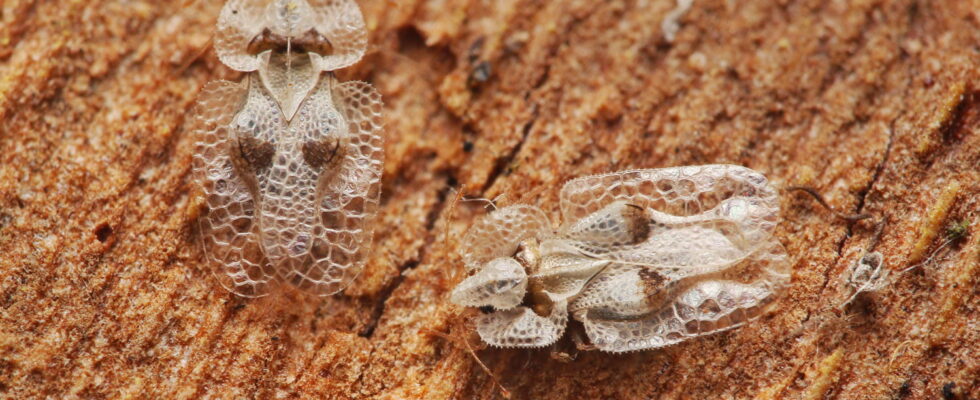Another little creature that is starting to invade homes! Although it is not dangerous, it can be really annoying. It rarely comes alone and stings.
Little-known flying creatures are gradually invading homes at the beginning of July. Internet users have been complaining for several days about being invaded by these small invaders, which are particularly sticky. They attach themselves to curtains, scratch, and even pass through mosquito nets. What do these people have in common? They live near plane trees.
Although they are majestic, the presence of plane trees can sometimes cause problems, particularly because of a tiny insect known as the “plane tree tiger”. Nothing to do with the tiger mosquito, but this small flying insect is capable of causing serious problems to the trees it colonizes. It arrived in France from the United States in the 1970s and seems to be particularly happy here! An additional feature is that rainy springs encourage their growth when summer comes… Like this year.
The presence of the plane tree tiger can become extremely annoying for residents and passers-by in the summer. Indeed, these insects tend to gather in large numbers, making areas under infested trees unpleasant to frequent. They can also enter homes in search of more sheltered places. This little beast can sting and cause tiny red bumps that cause itching. Good news, however, is that the bites of this insect are harmless to humans!

How can you be sure that you are dealing with plane tree tigers? To recognize them for sure, there are a few things to check. The plane tree tiger measures about 3 millimeters. It is white with black spots and its wings are transparent. It lives mainly on plane trees, sucking the sap from a very young age to the point of weakening the tree itself. Once transformed from larva to adult, it attacks the leaves! The leaves of infested plane trees then show yellowish spots and can end up drying out and falling prematurely.
At home, it can quickly become hell! Some Internet users have experienced this first-hand. “They are everywhere”, “they cling to the curtains”, “it’s awful, worse than mosquitoes”, “they even get through my mosquito net” we can read. If they are really annoying, don’t worry, these little creatures pose no danger to humans.
But how do you keep them away from your home? Unfortunately, there is not much you can do at home if you live in an apartment, other than hanging yellow adhesive traps near the windows. If you live in a house and have a plane tree in your garden, here are the actions you can take:
- Inspect your plane trees regularly, especially in late spring and summer, to detect the first signs of infestation. Yellow spots on the leaves are often an early indicator.
- Collect and destroy fallen leaves as they may contain tiger moth eggs or larvae.
- Apply nematodes (tiny worms that parasitize the digestive system of plane tree tigers) to the trunks of infested trees.
- Brush the trunks of the plane trees with vegetable oil. This will suffocate the insects.
- Use a high-pressure jet to spray the tree trunks.
- Yellow sticky traps can be placed on trees to catch adults. This can help reduce the insect population before they breed.
